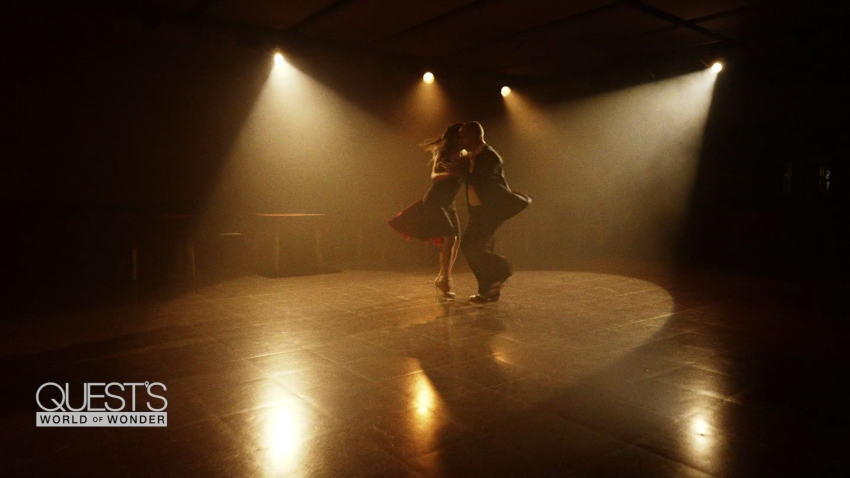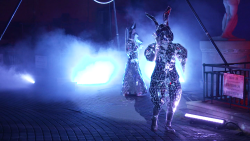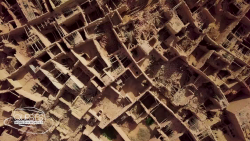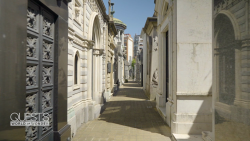It’s the South American capital that truly stands out. A result of its rich immigrant past and geographical remoteness, way below the equator, Buenos Aires is unlike anywhere else on this diverse and beautiful continent.
They don’t call it the Paris of the South for nothing. It is visible in its stunning, European-style architecture and its vibrant culture, a heady blend of old world influences and new world energy.
Walk the streets of BA and you can feel it in the air, a frisson, an excitement, an edge.
Whether you want romantic tango, wild and rabid excitement at its soccer stadiums or cutting edge art in its parks and museums, Buenos Aires is unlike any other city you’ll ever visit.
Dancing in the streets

In La Boca, Buenos Aires’ colorful original port, that atmosphere is inescapable. It’s in this area, where Italian immigrants arrived in their droves in the early 20th century, that two of Argentina’s greatest passions, soccer and tango, were fostered.
In the shadow of La Bombonera, the stadium home to Boca Juniors where the late Diego Maradona made his name, tango continues to draw in tourists desperate to witness this smoldering, romantic dance up close, while taking the opportunity to give it a go themselves.
Tango’s boom began when immigrants in La Boca began developing their own dance, explains dancer and instructor, Horacio Godoy.
“I think people need[ed] to have something in this life in the new space,” he says of the newcomers who created what has become arguably Argentina’s most renowned cultural export. It was, he says, a way for men to meet and impress women.
“People start to dance because they want to have something with ladies, you know?” he grins. “But you cannot dance with ladies 120 years ago. So you have to practice with men, with men, only men.”
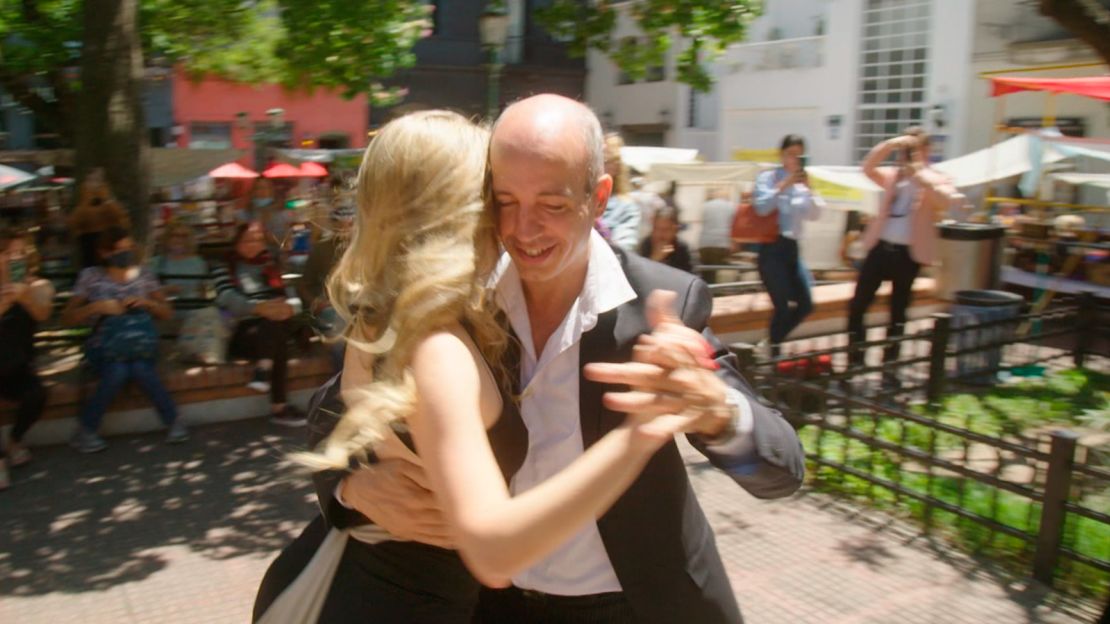
Initially, tango began as a poor man’s dance. Less formal than the waltz and racier than the foxtrot, it wasn’t long before it became a national and then global sensation. Once women began dancing with men, its passionate style was set and the rest is history.
Yet tango is as much about socializing as it is about romance, evident in the hundreds of milongas which take place throughout the city, where people come together to dance, drink and forget about their worries.
But it’s not just in the social clubs where tango helps form bonds. Tango is danced wherever there is space – in the street, in the park or at home.
“Tango is like the excuse to [not] be alone,” says Godoy. “To be with people. To have friends. To have girlfriends, boyfriends, everything. Because it’s a link, a link between humans.”
A tribute to the past

Tango, along with soccer, may be one of the life-giving forces in Buenos Aires. But the dead are also revered in the Argentinian capital, perhaps more so than anywhere else in Latin America, thanks largely to the spectacular Recoleta cemetery.
It’s a necropolis to rival Paris’s Pere Lachaise, the vast tombs and towering monuments redolent of the European influences which dominate at every turn here.
The great and good of BA society spend their last pesos on erecting memorials in Recoleta to ensure they are never forgotten. But no tomb is more visited here than that of Eva Peron, known more commonly as Evita.
Evita, the actress turned politician turned icon, died in 1952, aged just 33. Yet her body was initially buried under an alias in Italy for 20 years, so fearful were those in power of having a symbolically important tomb in her home city.
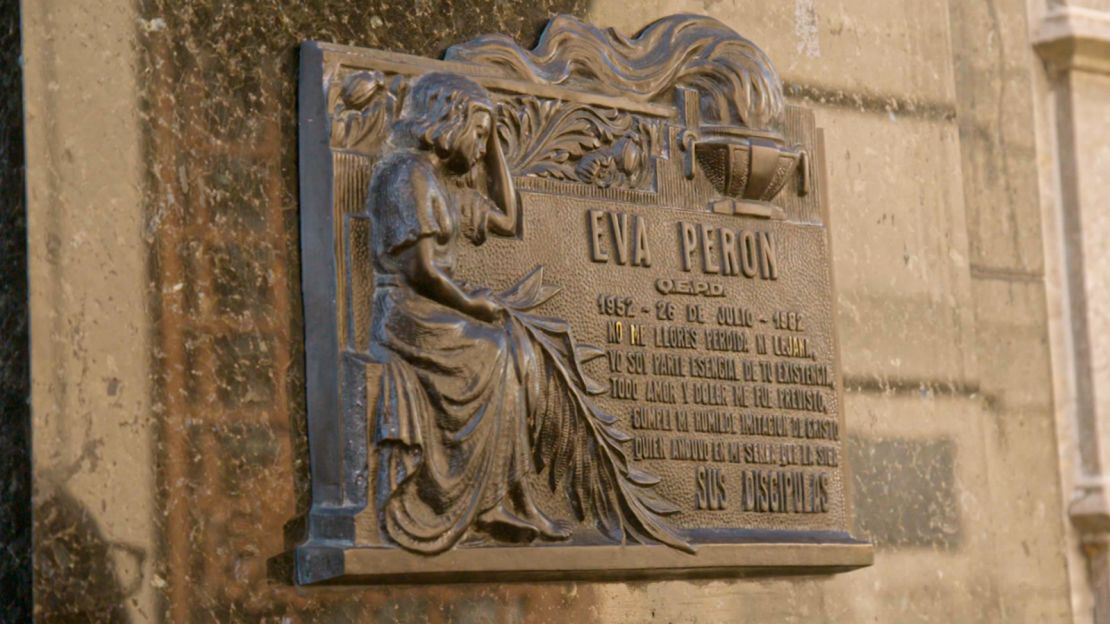
“She is one of the most important figures in our history,” says local historian Camila Perochena. “In our 20th century history… I think that she is one of the most known Argentinians outside our country.”
It’s certainly true that only Diego Maradona comes close. Evita’s work remains at the heart of fierce national debate.
To the generals and elites who ensured she was originally interred overseas, her ideas around socialism were dangerous and she was viewed as a pawn in her husband Juan’s political games. To those who deify her, she remains a potent symbol of progress in a country that has seen its fair share of struggles over the past 50 years.
Today, her body lies five meters below ground in the Duarte family tomb, along with her blood relatives. It’s hard to find and not signposted, but that doesn’t stop thousands flocking here to pay their respects.

“We don’t live in the past but we always talk about the past,” says Perochena. “We always have fights, when we are at dinner or whatever, about our past. About Peron, about the revolution, about the military dictatorship. So, we keep on talking about the past and the past is very present in our everyday life.”
Despite having been dead for 70 years, Evita’s presence lives on, whether at the museum named in her honor in the Palermo neighborhood, a former women’s refuge acquired by her own social foundation in 1948, or at the Department of Health and Social Development.
Here there are two portraits of Evita. One depicts her looking south to the poorer and less privileged areas of Buenos Aires with the smile for which she was known.
Then on the other side of the building, facing the northern suburbs, the richer, wealthier parts of the city, is a different Eva Peron. Campaigning, hectoring, calling for social change.
She is all things to all people, even now. A link between the living and the dead, the past and the present. An Argentinian known throughout the world.
A stark reminder

If the past is something which Argentinians still discuss fiercely, then perhaps one historic event continues to dominate debate like nothing else: the Falklands War.
There remain strong and abiding ties between Britain and Argentina. Immigrants from Scotland and Wales, in particular, made the country home throughout the 1900s. The sport of polo was brought here by the British and remains a national institution. And the Torre de los Ingleses, the clock tower in the center of Buenos Aires, is a reminder of how deeply British influence once ran.
But the antipathy between the two nations spilled over into open conflict in 1982, as the British fought to regain control of the Falkland Islands, known to Argentinians as Las Malvinas. It was a war which pitted Argentinians with British heritage against soldiers from the country their ancestors called home. People like Miguel Savage.
Savage is the product of Scottish and Irish grandparents, one of whom fought for the British in World War II. In 1982, aged just 20, he was conscripted into the army by Argentina’s then military government and sent to the front line.
“I had only one day of rifle practice and I never thought they would send me,” he says. “So I told my mum that morning, having breakfast, they’re not sending me. I’m not a soldier. A week later, I was huddling in a peat bank at the foot of Mount Longdon, one of the fiercest battles.
“I kept asking myself, what the hell am I doing here? There should be a professional soldier here, not me.”
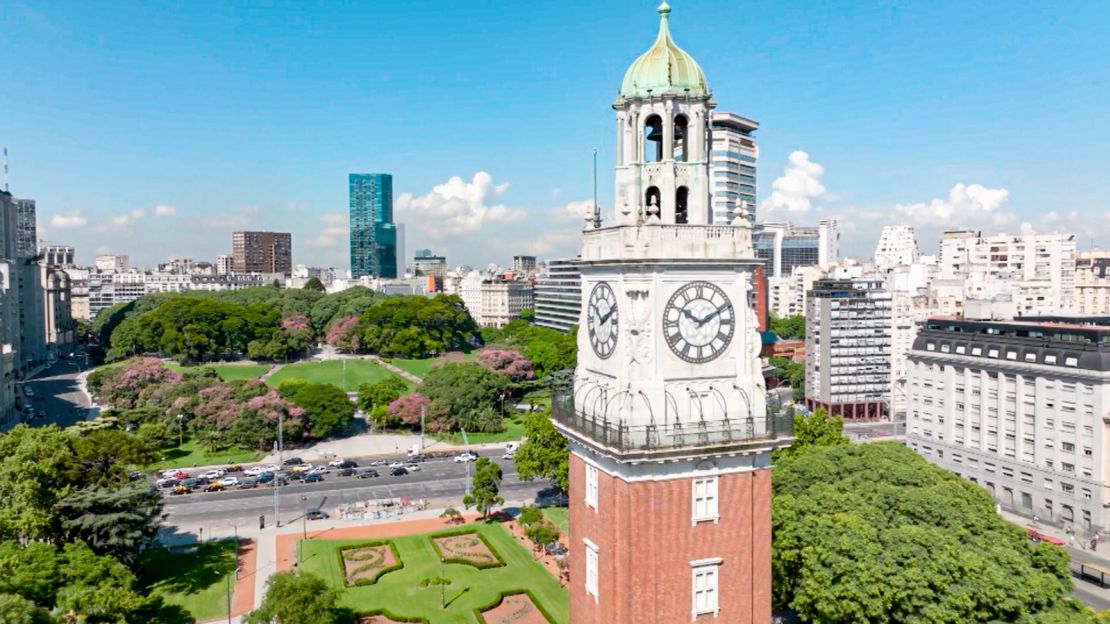
Savage was eventually captured and repatriated aboard a British ship, where he said cordial encounters with British paratroopers brought home to him the anonymity of war.
“I thought there would be a fight on the ship, but I was surprised by two or three paras talking with two or three of my fellow conscripts,” he says. “They talked about football. They talked about music, the British bands, Genesis, Pink Floyd, Supertramp. And they talked about girls, conversations that 20-year-olds have normally.
“And that made me understand that wars are anonymous. When you engage in a face-to-face human exchange, then war would be impossible.”
The 649 Argentinian soldiers who died in the conflict, one of the bloodiest events of Argentina’s long military dictatorship, are remembered at a dedicated cenotaph in Buenos Aires. Some 255 British soldiers also lost their lives. The memorial is a stark reminder of how the war still dominates the minds of locals who had family who fought and remains a cornerstone of politics, 40 years on.
Out in the estancia
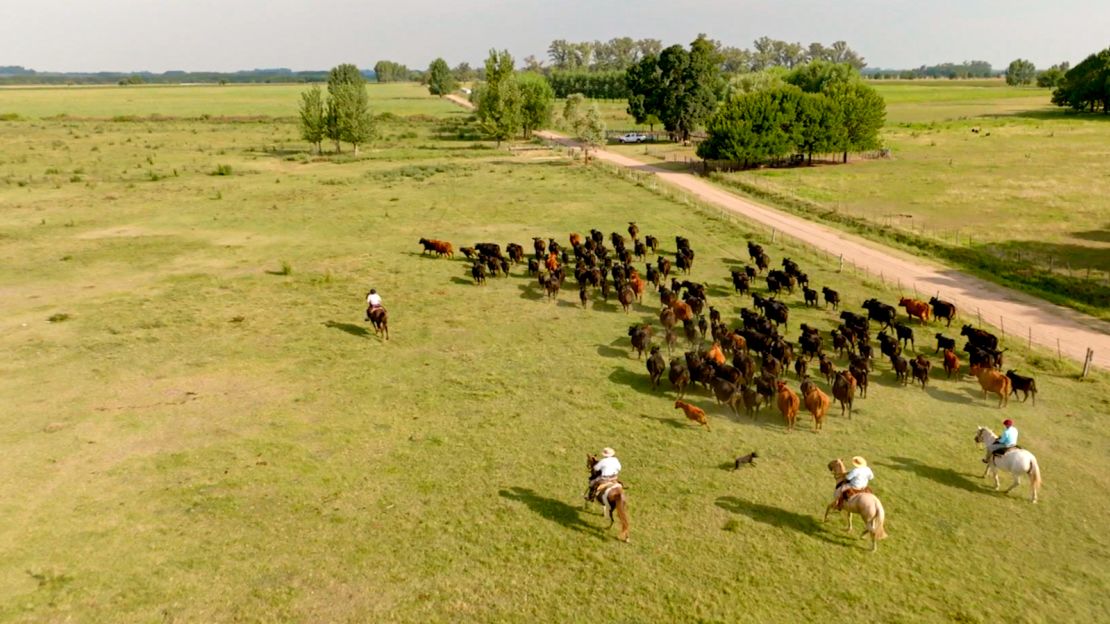
It doesn’t take long to escape the buzz of Buenos Aires and see another side of Argentina, one no less important to the national psyche and how the country is seen by the outside world. An hour’s drive from the city estancias abound.
These vast ranches are where the world-famous gauchos rear cattle for the beef which is one of Argentina’s biggest exports. Riding across them on horseback is the best way to realize just how epic these places truly are, steeped in tradition that dates back over a century.
For Eva Boelcke, the owner of El Ombú, the gaucho life is personal.
“Well my grandfather bought the farm in 1934. Since then, it’s in our family. And well, my father insisted that we try to keep it,” she laughs. “Bueno, we had to keep it!”
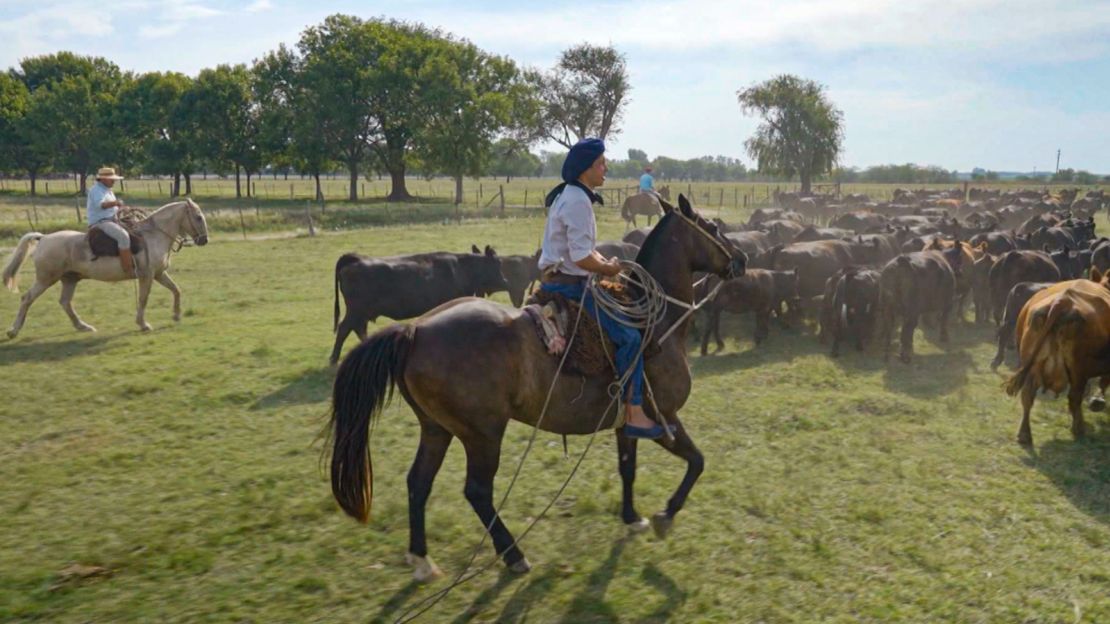
Four generations on, El Ombú supplements the income it gets from its excellent beef by enticing tourists looking to get a closer look at estancia life. They get to ride out on comfortable saddles over vast, pampas plains and see a world that has changed little over the past 100 years.
The gauchos helped power Buenos Aires’ economy. Today, the meat which they produce is still vital to Argentinians’ social life, the heart of the “asado.”
“In general when I have friends and we want to be together, they call me and say, ‘you want to have an asado today?’”, says Boelcke’s son Pablo. “Asado means ‘just come to my house’ or something like that, and we share the moment. That is very typical.”
El Ombú’s steak is the stuff of legend and doesn’t disappoint. And in the restaurants throughout BA, steaks from this and other estancias are what keep drawing in visitors and locals alike. This is a country and a city of truly committed carnivores.
The estancia is a fundamental part of Argentine history and life. It may be far removed from today’s way of life, but a visit to one, even just a short drive from BA, can widen and deepen the understanding of this tremendous country.
There is an undeniable human warmth to Argentina and an inescapable sense of singularity to Buenos Aires, a city that has plenty of regard for itself, but for good reason.
It’s not just the tango, or the history or the influence of its gaucho culture. This is an invigorating place, somewhere full of pride that wants to share its wealth with the rest of the world. Anyone who visits is bound to feel invigorated too.
